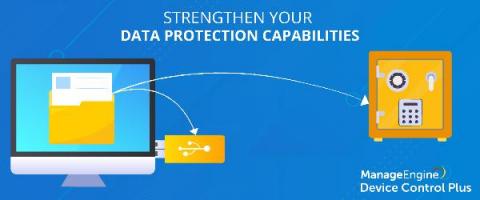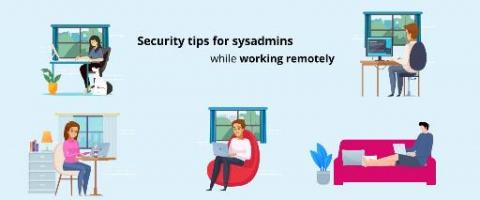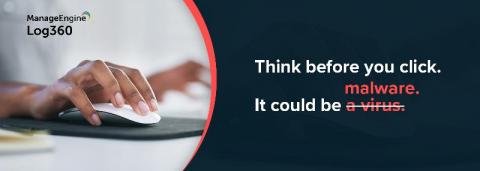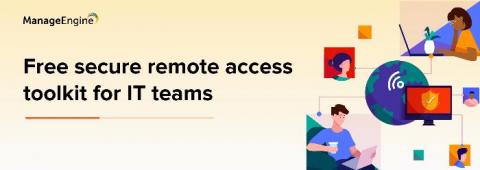Security | Threat Detection | Cyberattacks | DevSecOps | Compliance
ManageEngine
Cybersecurity challenges of the work-from-home model
Just recently, the World Health Organization declared coronavirus a global pandemic. This decision brought with it several health and safety measures, and normal life came to a halt in many countries. This resulted in many organizations around the world adopting telecommuting methods to prevent the spread of COVID-19. While people are adjusting to the sudden changes in the way they work, cybercriminals are using this opportunity to exploit new vulnerabilities the work-from-home environment presents.
Five worthy reads: Keeping a close eye on cybersecurity while working remotely
Five worthy reads is a regular column on five noteworthy items we’ve discovered while researching trending and timeless topics. This week, we highlight the importance of creating and enforcing a solid cybersecurity strategy for employees who work remotely.
Hardening Windows security: How to secure your organization - Part 1
The cybersecurity threat landscape is quickly changing. Administrators have become more cautious when it comes to security and governing access, end users have become tech-savvy and security-aware, and attackers have also raised their game. Living-off-the-land attacks, or LOTL, is one clear trend today, with attackers exploiting preinstalled features and default tools built into system.
File shadowing: The key to a swift recovery from USB and file-based attacks
USB devices are undeniably valuable, but they can be dangerous. On one hand, they are useful in transporting enterprise-critical data, but on the other, they can wreak havoc if misplaced, corrupted due to a human or hardware-related error, or stolen. It’s no wonder some companies forbid the use of USB devices altogether.
Best practices to ensure data security while working remotely
Coronavirus has disrupted daily life for so many around the world in a shockingly short span of time. Lifestyles have shifted. A new normal, albeit a panic-stricken one, has set in. One-third of the global population is under lockdown to slow the spread of coronavirus. Many organizations have adopted temporary work-from-home measures to keep themselves up and running.
The rise in cyberattacks surrounding the COVID-19 pandemic
Fear, uncertainty, and doubt are powerful emotions, and time and again, hackers attempt to leverage these for their own gain. As the coronavirus develops into a worldwide pandemic, hackers are taking advantage of the fear many of us feel to spread malware. We’re seeing an abundance of coronavirus-themed phishing, business email compromise (BEC), malware, and ransomware attacks targeting different industries, especially in the health sector.
Introducing our free Secure Remote Access Toolkit for IT teams
The global corporate landscape is on the brink of a complete premises lockdown in light of the COVID-19 crisis. Service disruption is inevitable, and enterprises’ business continuity plans are being put to the test. Despite this challenge, it’s heartening to see companies across nations take quick steps to ensure the health and safety of their employees during these trying times.
All you need to know about NIST password guidelines
The National Institute of Standards and Technology (NIST), a physical sciences laboratory and a non-regulatory agency of the United States Department of Commerce, recently released their guidelines for password security. Some of them are contrary to what we’ve come to believe are good password policies. Our IT security expert will talk more about these guidelines in our upcoming webinar. Let’s take a look at what some of them are.











